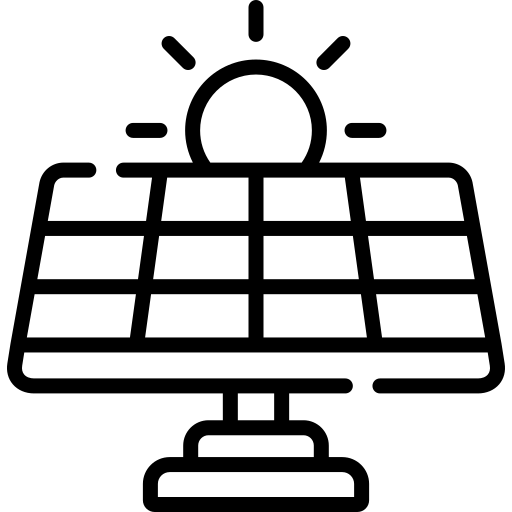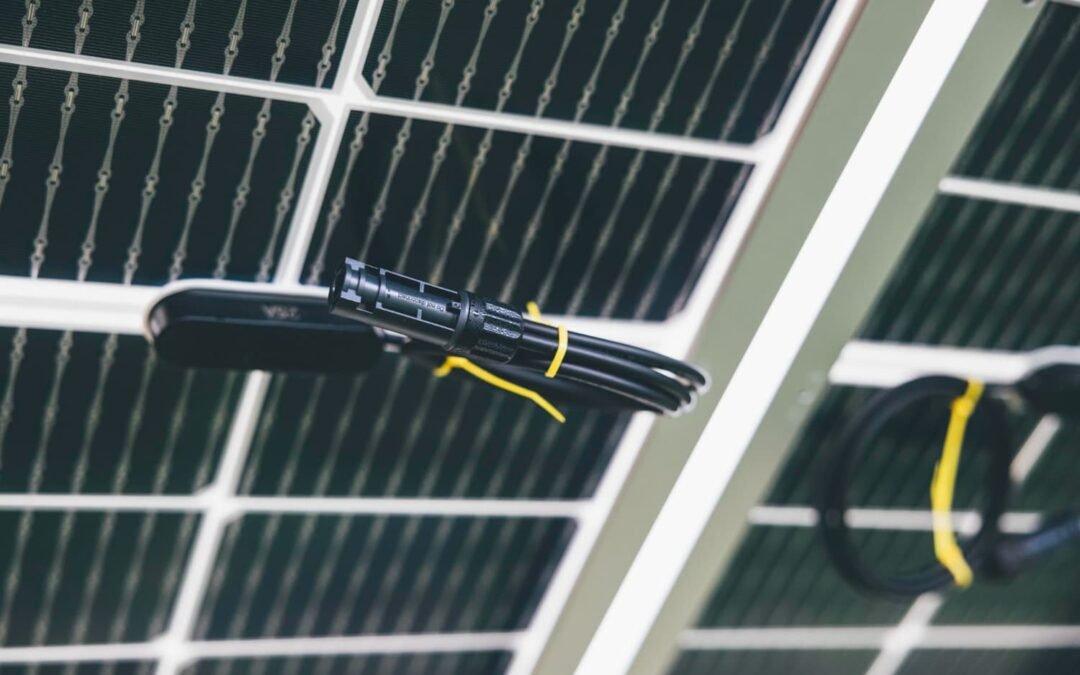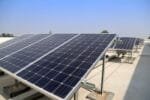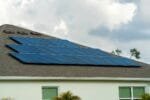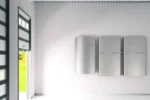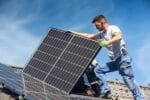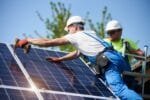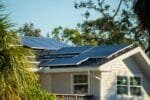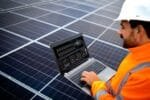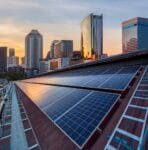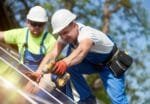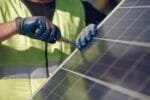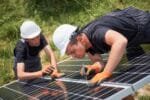Key Lessons About Solar Connectors
As the world increasingly shifts towards renewable energy, solar power stands out as a popular and effective solution. However, a crucial yet often overlooked component in solar energy systems is the solar connector. In this blog post, we’ll explore key lessons about solar connectors, their importance, types, installation best practices, and maintenance tips.
Understanding Solar Connectors
Solar connectors play a vital role in photovoltaic (PV) systems. They are the points where solar panels connect to each other and to the inverter, ensuring efficient energy transfer. The most commonly used solar connectors are MC4 connectors, which are known for their reliability and ease of use.
1. Importance of Quality Connectors
When it comes to solar installations, quality matters. Poor-quality connectors can lead to electrical failures, increased resistance, and potential safety hazards. Investing in high-quality solar connectors can enhance the longevity and efficiency of your solar energy system. Always look for connectors that are UL-certified and have good weather resistance.
2. Types of Solar Connectors
Understanding the different types of solar connectors is essential for any solar installation. The two main types are: MC4 Connectors: These are the industry standard for most solar panel installations. They are designed for easy connection and disconnection, and they provide a secure, waterproof seal. Tyco Connectors: Less common than MC4, Tyco connectors are often used in specific applications, such as certain commercial installations. Knowing the right type of connector for your system can help avoid compatibility issues and ensure optimal performance.
3. Installation Best Practices
Proper installation of solar connectors is crucial for the efficiency and safety of your solar system. Here are some best practices to follow: Secure Connections: Ensure that connectors are firmly connected. Loose connections can lead to arcing and overheating, which pose fire risks. Weatherproofing: Use connectors that are rated for outdoor use to withstand harsh environmental conditions. Proper sealing is essential to prevent moisture ingress. Labeling: Clearly label each connection to simplify maintenance and troubleshooting in the future.
4. Regular Maintenance
Like any component of a solar energy system, solar connectors require regular maintenance. Here are some tips to keep them in optimal condition: Visual Inspections: Regularly check connectors for signs of wear or damage. Look for discoloration, corrosion, or any signs of water intrusion. Cleanliness: Keep connectors clean and free from debris. Dirt and dust can accumulate and create resistance, impacting system efficiency. Tightening Connections: Periodically check that all connections are tight and secure. Vibration from wind or other sources can loosen connectors over time.
5. Understanding Electrical Ratings
It’s essential to consider the electrical ratings of your solar connectors. Look for specifications that match or exceed the requirements of your solar system. The ratings include voltage, current, and temperature tolerances. Choosing connectors that can handle the maximum expected load will prevent failures and ensure safety.
6. Safety First
Safety should always be a priority when working with solar connectors. Here are some safety tips: Disconnect Power: Always disconnect the solar system before attempting any maintenance on the connectors. Use Personal Protective Equipment (PPE): Wear gloves and safety goggles to protect yourself while working on solar connections. Hire Professionals: If you’re not comfortable with installation or maintenance, consider hiring a certified solar technician.
7. The Future of Solar Connectors
As technology advances, we can expect innovations in solar connector designs. Future connectors may feature smart technology that monitors performance and provides real-time data, enhancing the efficiency and reliability of solar systems.
Conclusion
Solar connectors may seem like a minor component in a solar energy system, but they are crucial for ensuring optimal performance and safety. By understanding their importance, types, installation best practices, and maintenance needs, you can enhance the efficiency and longevity of your solar energy system. Investing in quality connectors and adhering to safety measures will not only protect your investment but also contribute to a sustainable future.
Why Choose Solar X?
At Solar X, we deliver high-quality solar energy solutions tailored to your needs. Our expert team provides exceptional customer service throughout the entire process, from consultation to installation. We use the latest technology and high-efficiency solar panels to maximize your investment’s performance and value. Switching to solar energy with Solar X offers numerous advantages, including cost savings, environmental benefits, increased property value, energy independence, and access to government incentives. By choosing us, you make a smart financial decision while contributing to a sustainable future. Stay tuned to learn how Solar X can help you harness the power of the sun.
At Solar X, we provide the best solar services in the industry. Our team of certified solar technicians is dedicated to ensuring your solar power system operates at peak efficiency and reliability. Contact us today for top-notch solar services and let us help you harness the full potential of solar energy. Call 732-992-6323 Solar X now to optimize your energy usage and secure your investment in a sustainable future.

